“I don’t even know what to feel anymore.”
“Everything changes so fast. I can’t keep up.”
“The news makes my chest hurt. But I can’t stop watching.”
If these thoughts sound familiar, you’re not alone. In 2025, more people than ever are feeling overwhelmed—not just by personal challenges, but by what feels like a relentless storm of national and global change.
This post is about what to do when the world feels unsteady. Not how to fix it all. Not how to argue about it. But how to stay in your body and hold your ground—literally and emotionally—when everything around you feels uncertain.
Why 2025 Feels So Unstable for So Many People
Whether or not you’re politically engaged, you’re likely feeling the effects of rapid shifts in:
Economic policy: Tariffs, inflation, job instability, and supply chain challenges
Immigration law: Policies around self-deportation, refugee intake, and border enforcement
Justice and incarceration: Renewed federal approaches, including prison system reforms like the reopening of Alcatraz
Public discourse: Headlines driven by extremes, social media polarization, and escalating global tensions
You don’t need to agree or disagree with any of these developments to feel the effects in your body. Instability is a biological stressor. Uncertainty can dysregulate the nervous system.
When your nervous system is in survival mode, you’re not thinking clearly—you’re bracing.
How the Body Responds to Political and Social Turmoil
The brain interprets unpredictability as potential danger. Whether it’s a news alert about a federal agency closing or a heated online argument about civil rights, the effect is often the same: your fight-flight-freeze system activates.
Signs your body is reacting to external instability:
- Racing thoughts
- Shallow breathing
- Insomnia
- Irritability
- Emotional numbness or disconnection
- Obsessive checking of news or social media
These are not character flaws. They’re physiological responses to uncertainty.
The 5-4-3-2-1 Grounding Technique
This tool isn’t new—it comes from the fields of trauma recovery, anxiety treatment, and somatic psychology. But in 2025, it’s more relevant than ever.
What Is It?
The 5-4-3-2-1 technique uses your five senses to anchor you in the present moment—the one thing you can actually control.
You intentionally name:
5 things you can see
Look around slowly. Not just at your phone or the nearest screen.
Notice:
- Light and shadow
- Texture
- Color gradients
- Tiny movements (a tree swaying, dust in sunlight)
When your vision slows down, your mind slows down.
4 things you can feel
Bring awareness to touch—this activates the body’s sense of physical presence.
Notice:
- Your back against a chair
- The temperature of your hands
- The texture of your socks or sleeves
- The pressure of your feet on the ground
These sensations remind the body it’s grounded—even when your mind feels like it’s floating.
3 things you can hear
Tune in without straining.
You might hear:
- A distant car
- The hum of a refrigerator
- Your own breath
- Wind, birds, keyboard clicks, HVAC systems
Your ears don’t lie—what you hear is a reliable cue that you’re here.
2 things you can smell
This can be the most subtle sense. You can try:
- Noticing the natural scent of the room
- Smelling your clothing or your skin
- Keeping a scented lotion, essential oil, or herbal tea nearby
- Recalling a favorite scent from memory (grass, soap, fresh bread)
Smell has a direct line to the emotional brain—it can comfort and orient you instantly.
1 thing you can taste
Taste is tactile and specific. You might:
- Sip a drink
- Chew gum or a mint
- Lick your lips
- Notice residual taste from a meal
Even neutral tastes remind you that you’re in a body—and your body is here.
How to Practice It
- Pause. Put down your phone, close your laptop.
- Breathe once—slow and full.
- Go through each step at your own pace.
- Say each item aloud if you can.
- If you’re in public, say it in your mind with clarity.
- Repeat if necessary.
This entire process can take 90 seconds to 5 minutes, and it’s completely portable—no tools, no apps, no WiFi required.
When to Use It
- After reading distressing news
- During a heated family discussion
- In the middle of a panic or anxiety spike
- Before or after protests, activism, or civic engagement
- While doomscrolling and can’t stop
- To start or end the day on a regulated note
Why This Matters Now
Right now, headlines feel like they are moving faster than healing, and policies can shift overnight, the human nervous system hasn’t evolved to process change at this velocity.
If you feel like you’re constantly trying to “keep up,” like you’re flooded or flattened by the latest development, know this:
You are not meant to consume every update.
You are not built to adapt to every shift instantly.
You are meant to feel, process, pause, and breathe.
The 5-4-3-2-1 method is a bridge. A way back to the moment before reactivity, before panic, before helplessness.
Build a Grounding Practice
Like any skill, grounding improves with repetition. Here’s how to make it a habit:
- Morning reset: Start your day with 2 minutes of 5-4-3-2-1 before checking your phone
- News buffer: Use it immediately after consuming heavy news
- Pre-bed wind-down: Reconnect with your senses to shift from fight-or-flight into sleep mode
- Midday micro-break: Set an alarm as a check-in point, especially on high-stress days
Make grounding part of your wellness strategy the way you hydrate or brush your teeth—not just when you’re in crisis.
Make It Yours
You can adapt this technique creatively:
- Make it a journaling exercise
- Use photos, textures, or music playlists for visual or auditory grounding
- Teach it to kids or partners as a shared family practice
- Add affirmations between each step for extra calm
In uncertain times, we often look for big answers: new policies, big shifts, global solutions. And yes—those matter.
But so does this moment.
Right here.
Right now.
With your feet on the floor.
With your breath in your lungs.
With your attention, softened and steady.
Grounding won’t solve every problem.
But it gives you back the clarity to face it—and the calm to choose your next step.
Click here to schedule.


















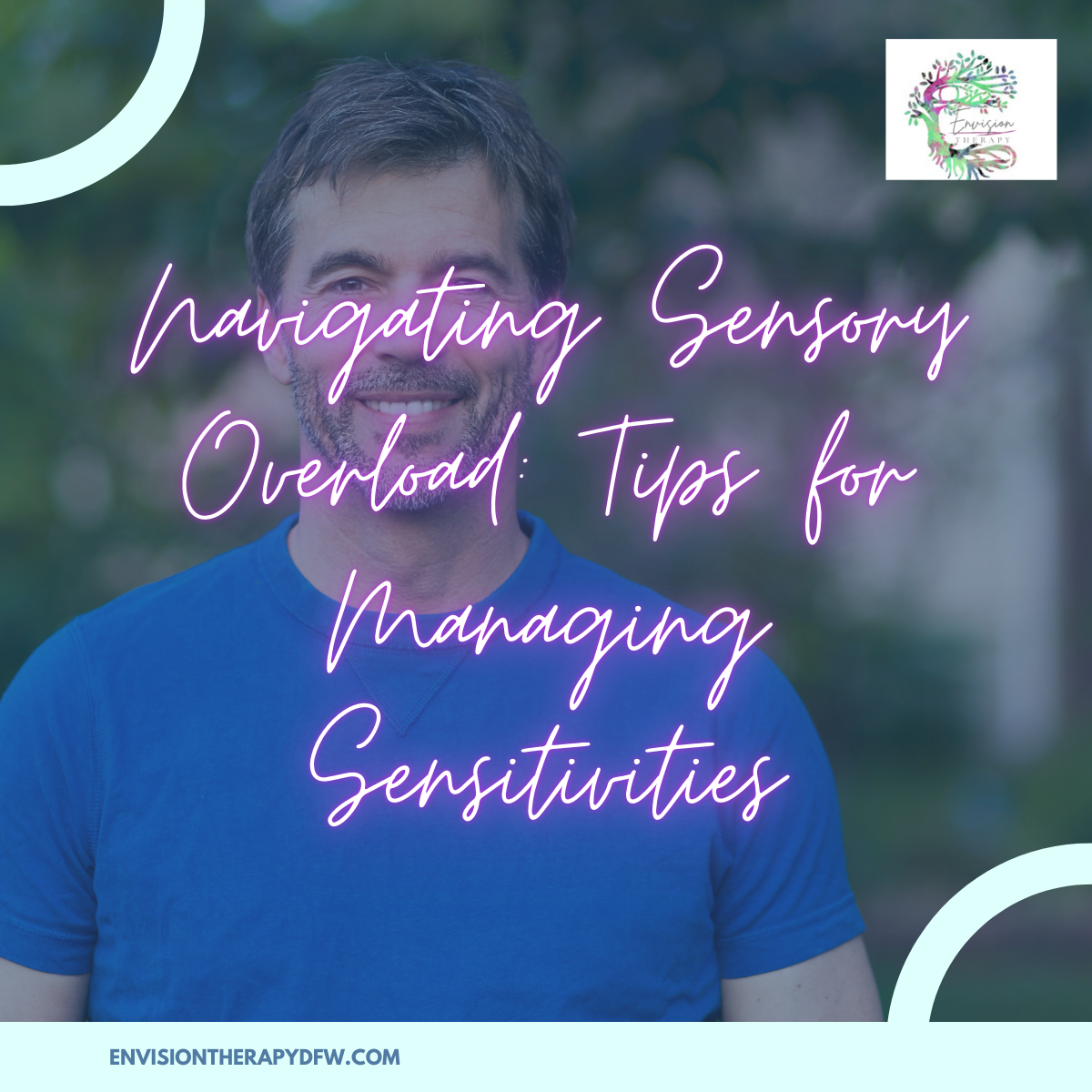


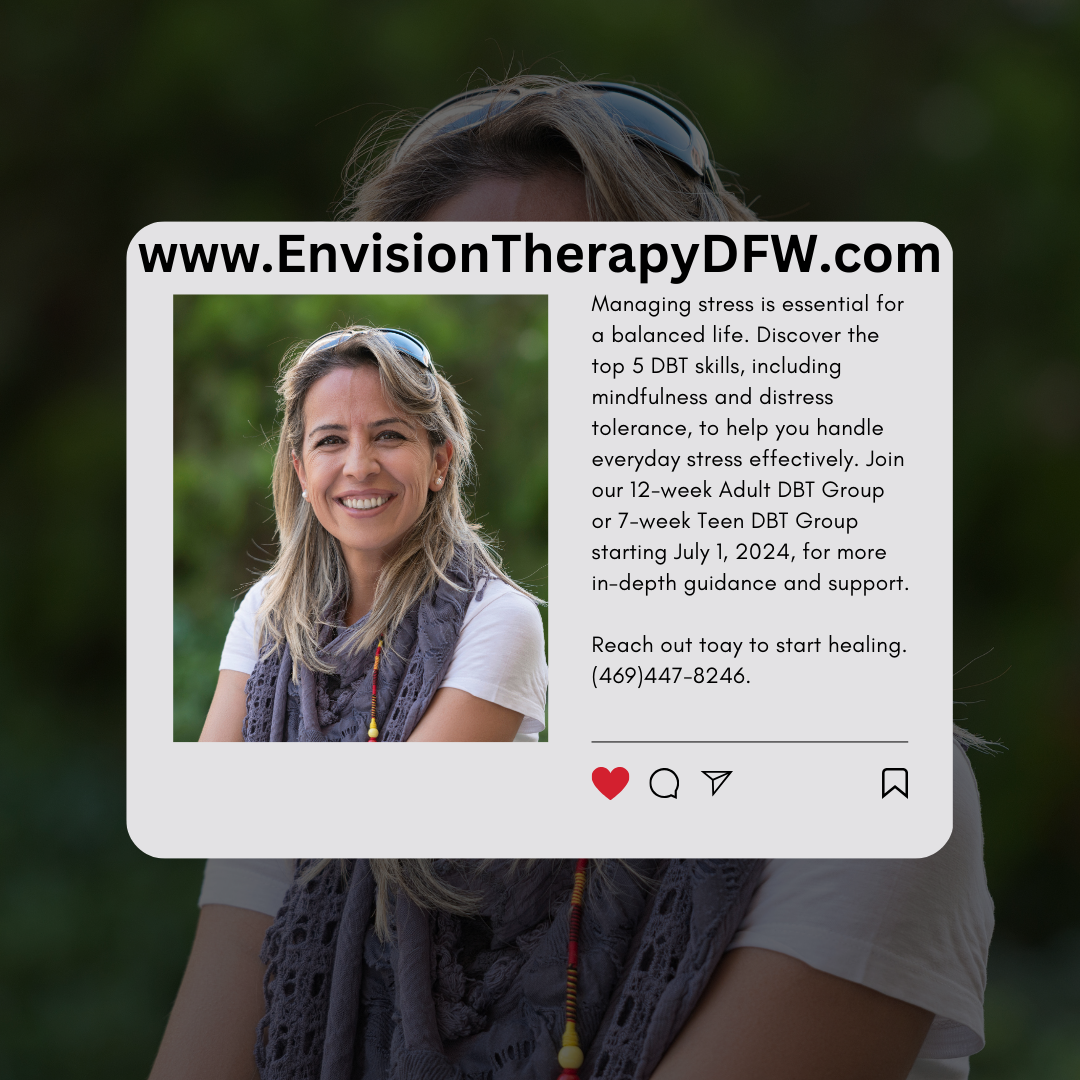
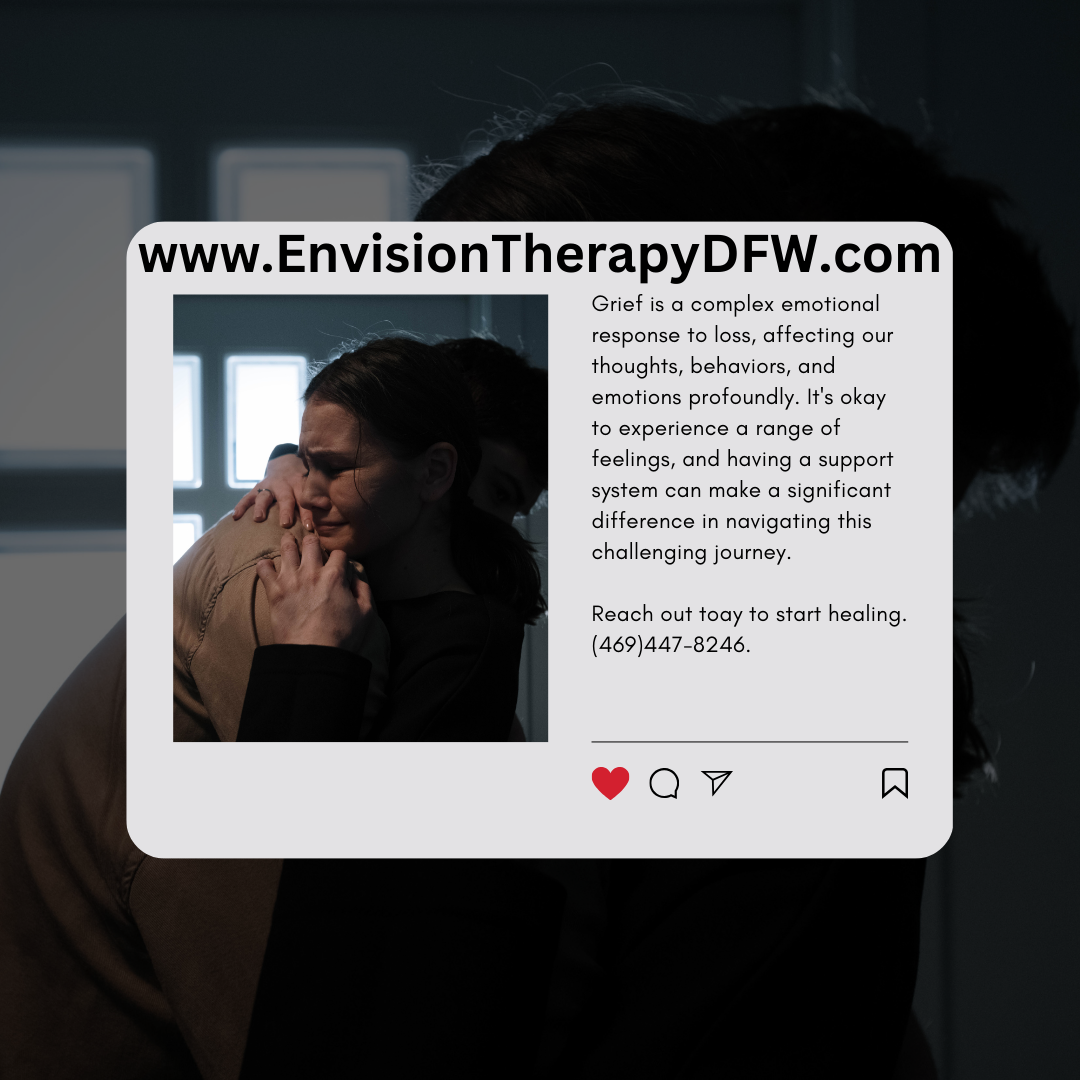



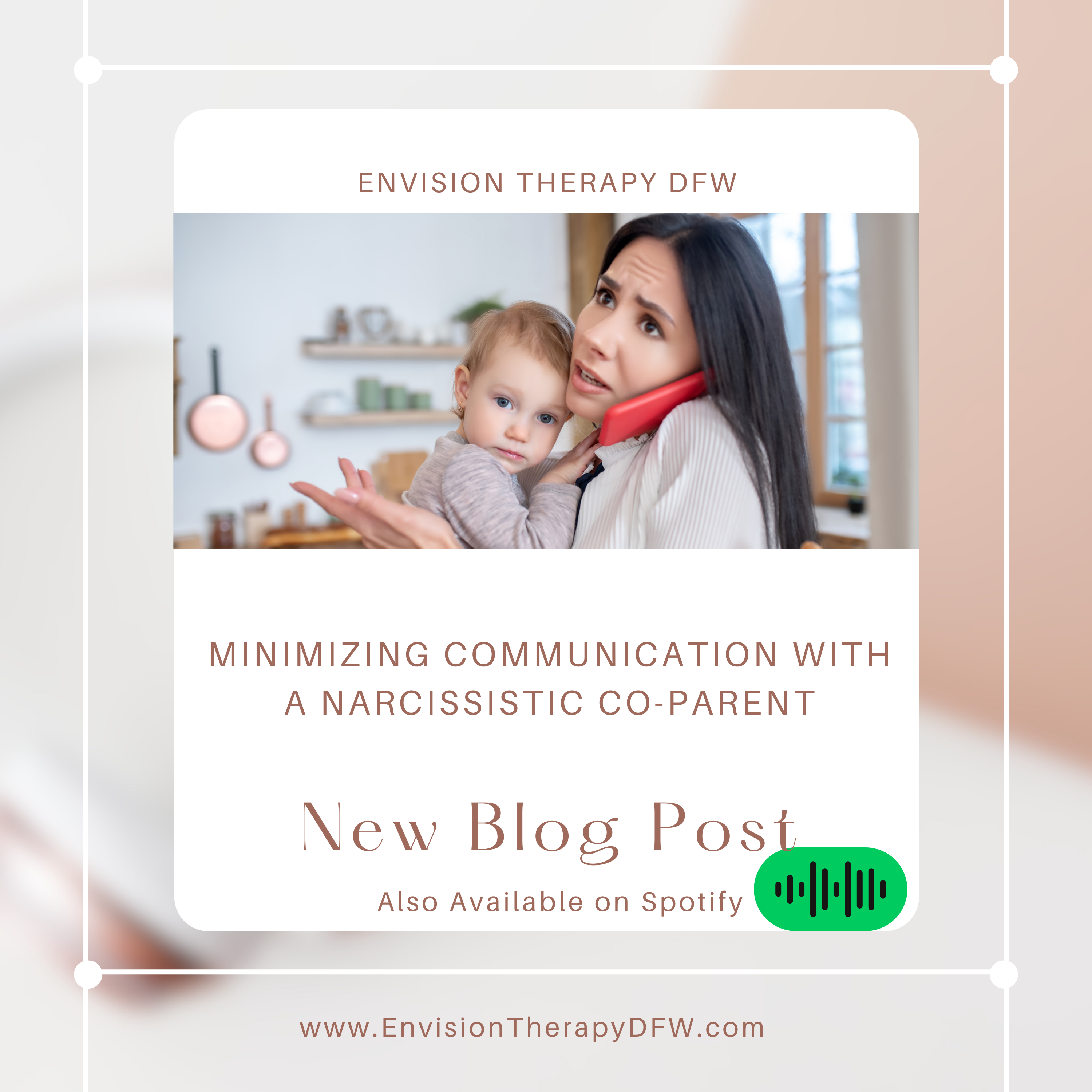
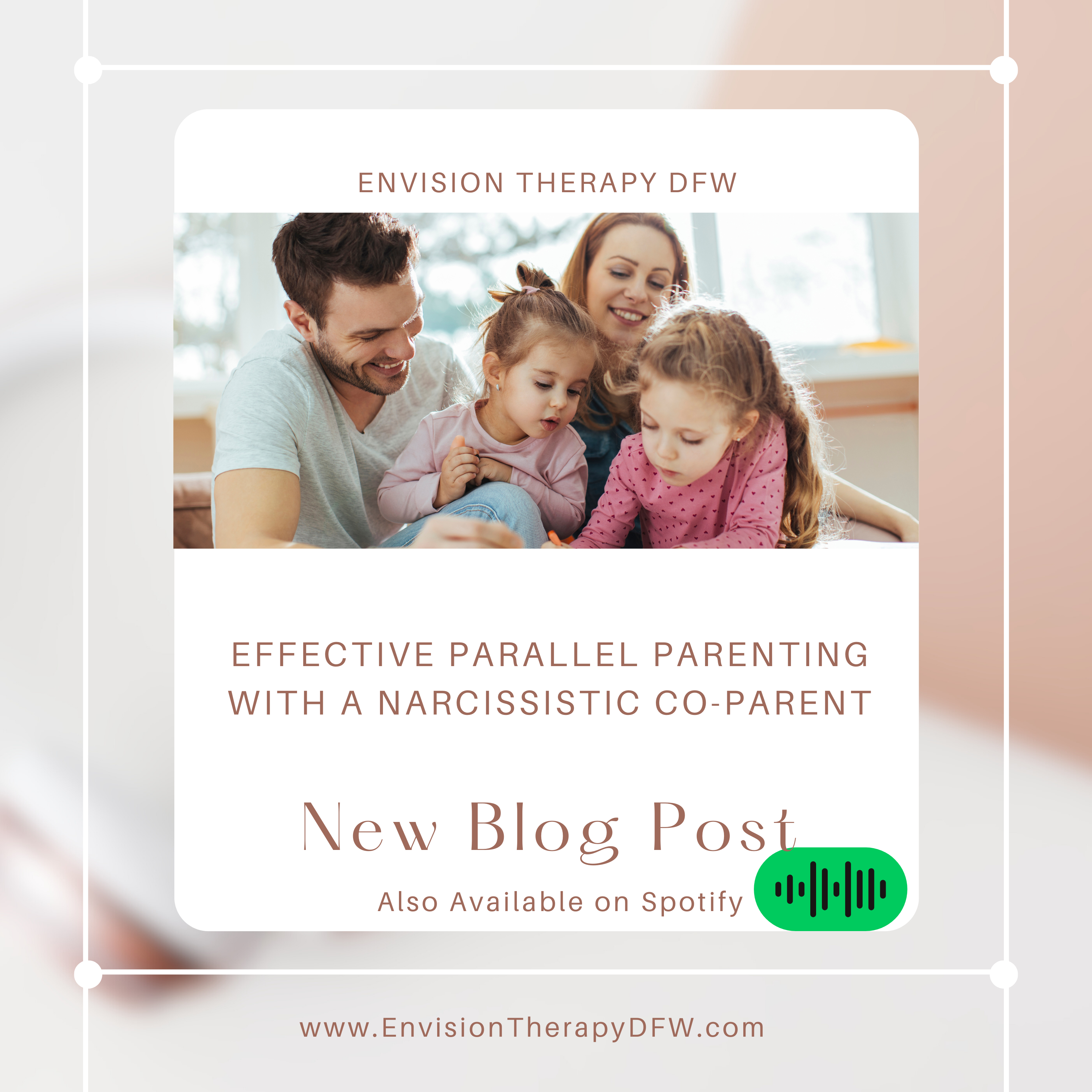
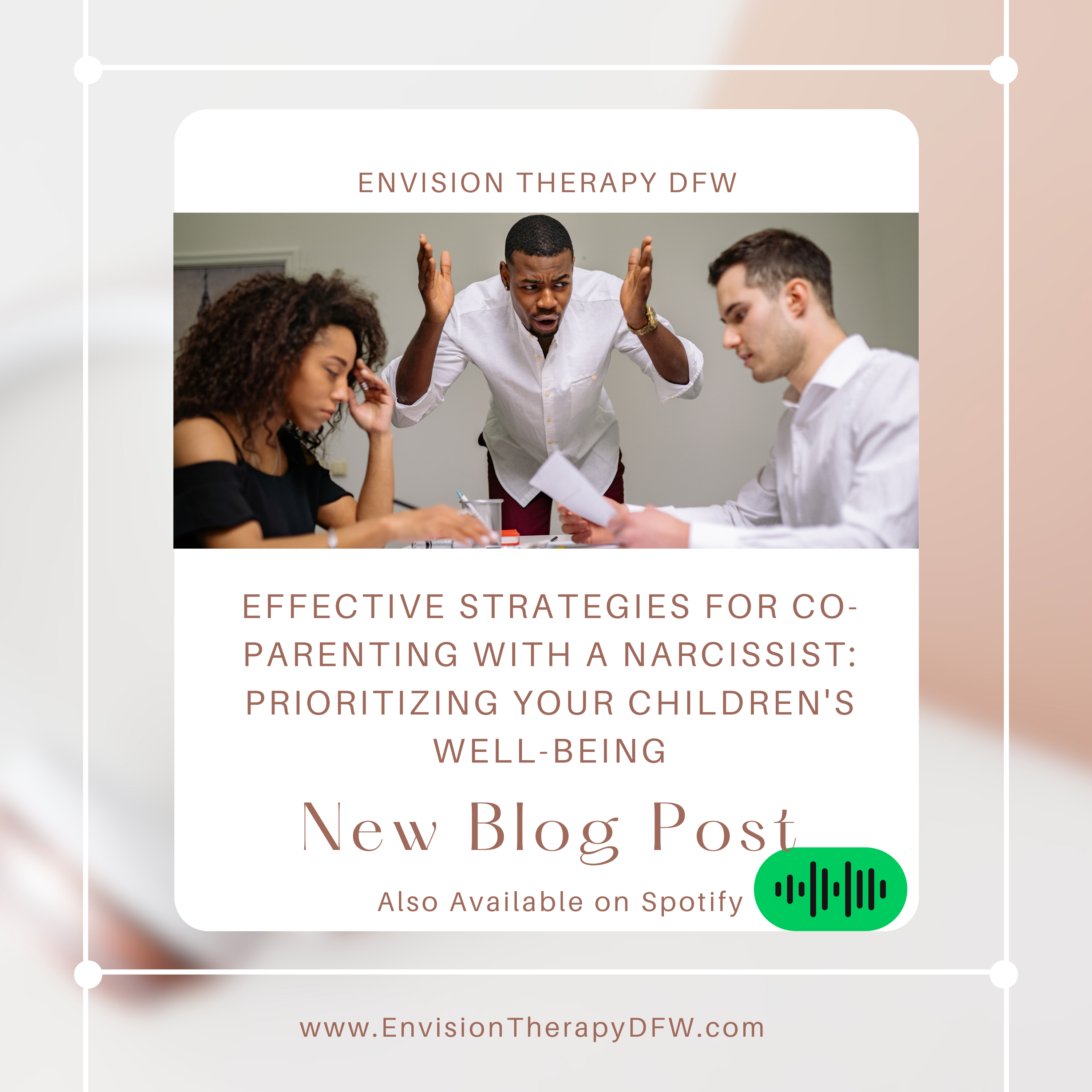





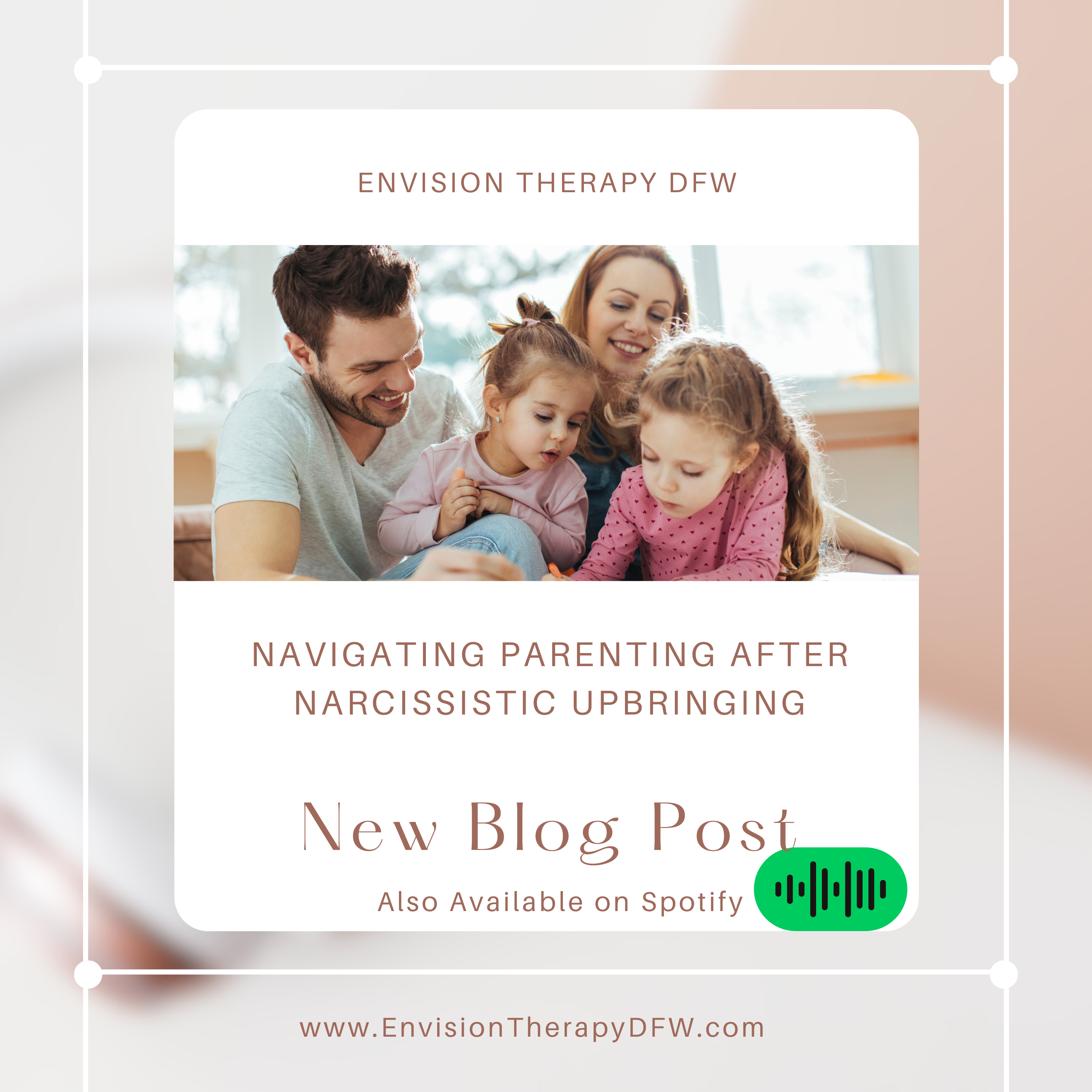
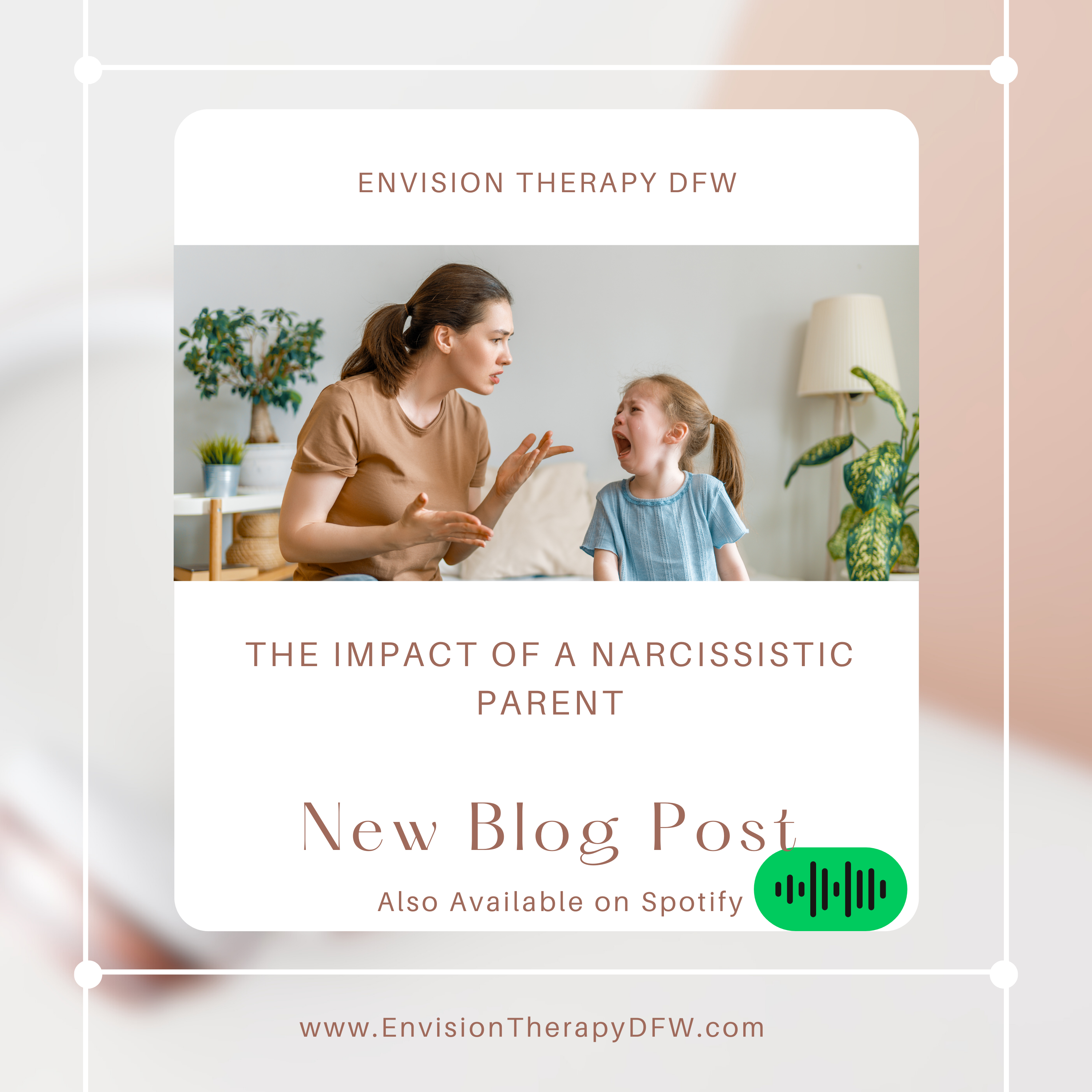
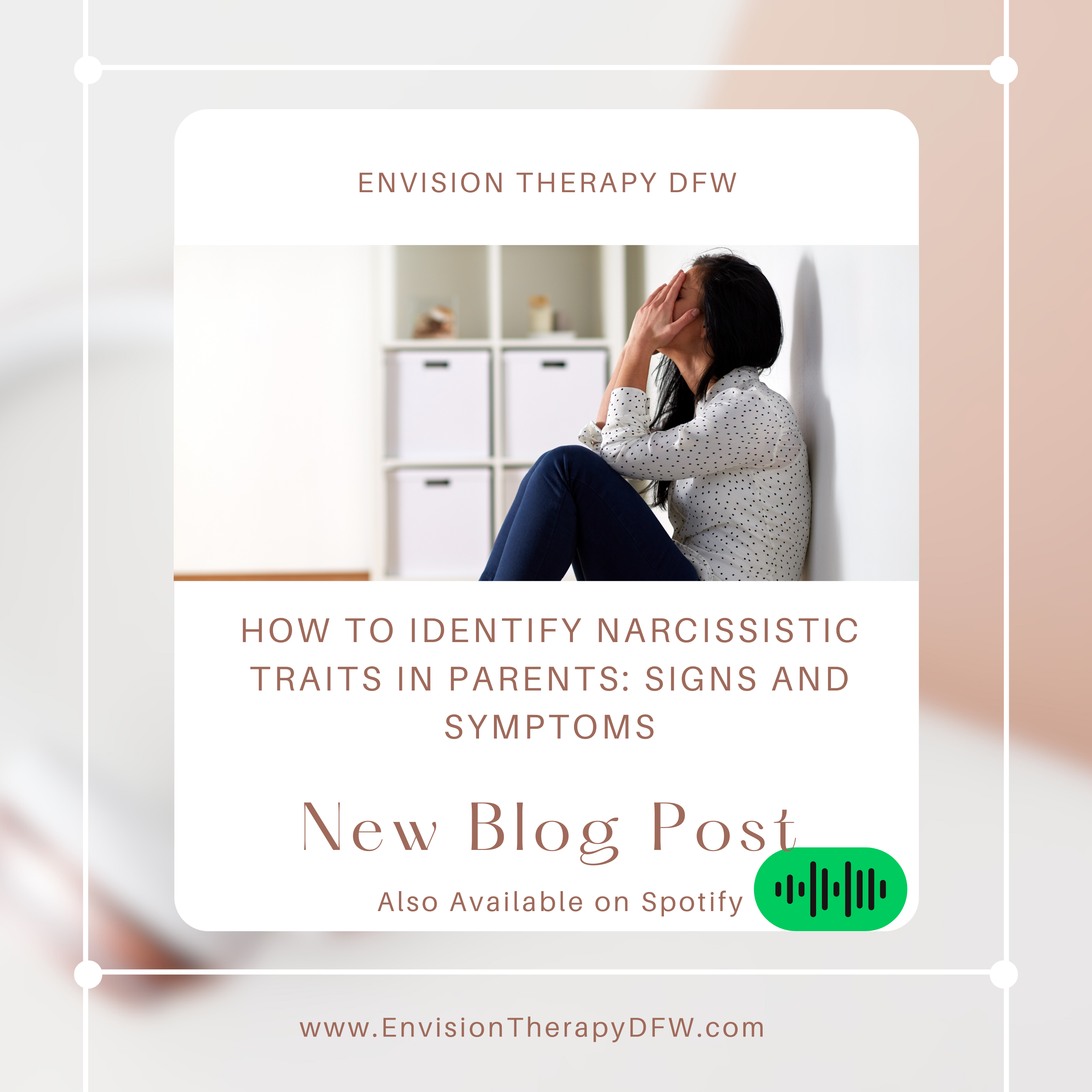
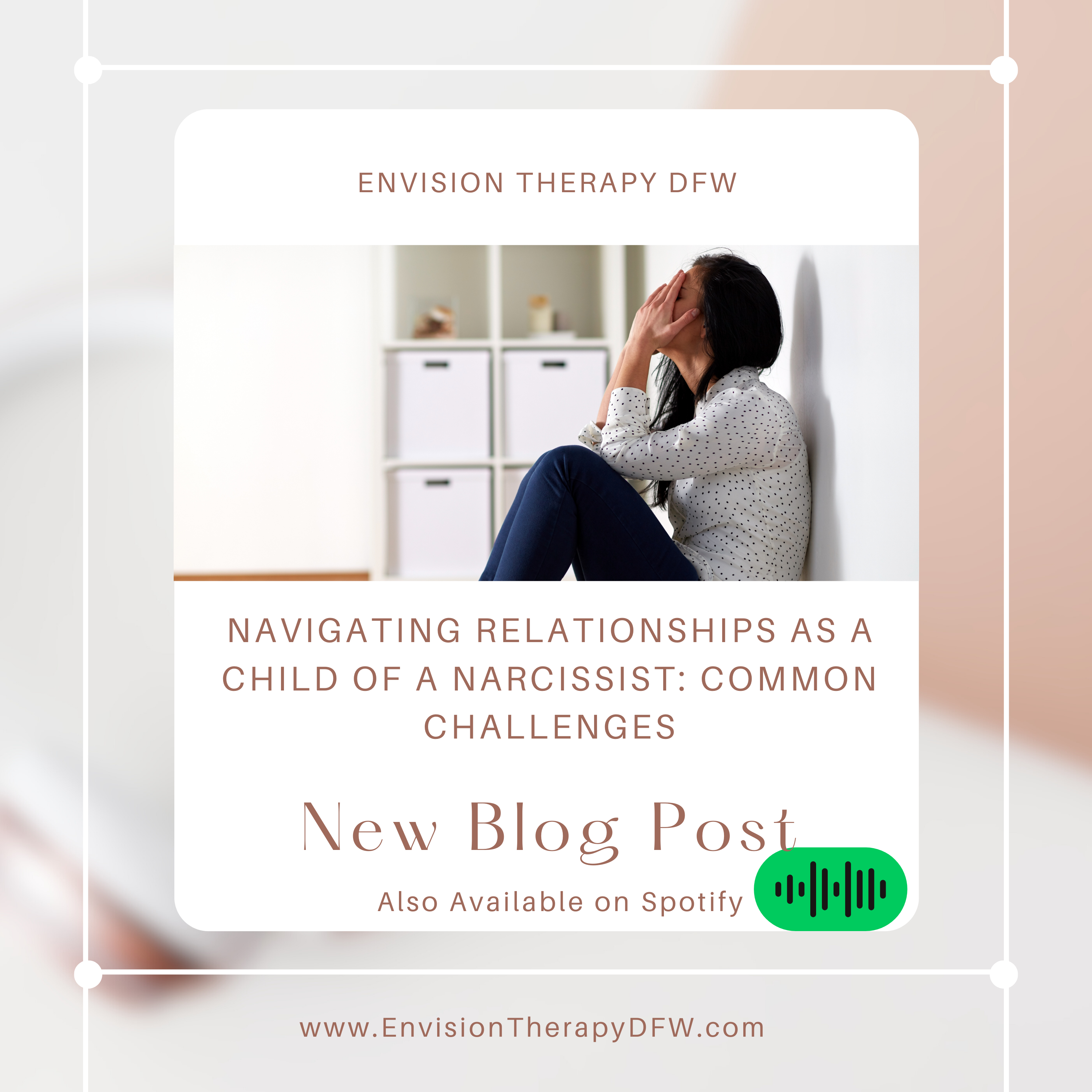


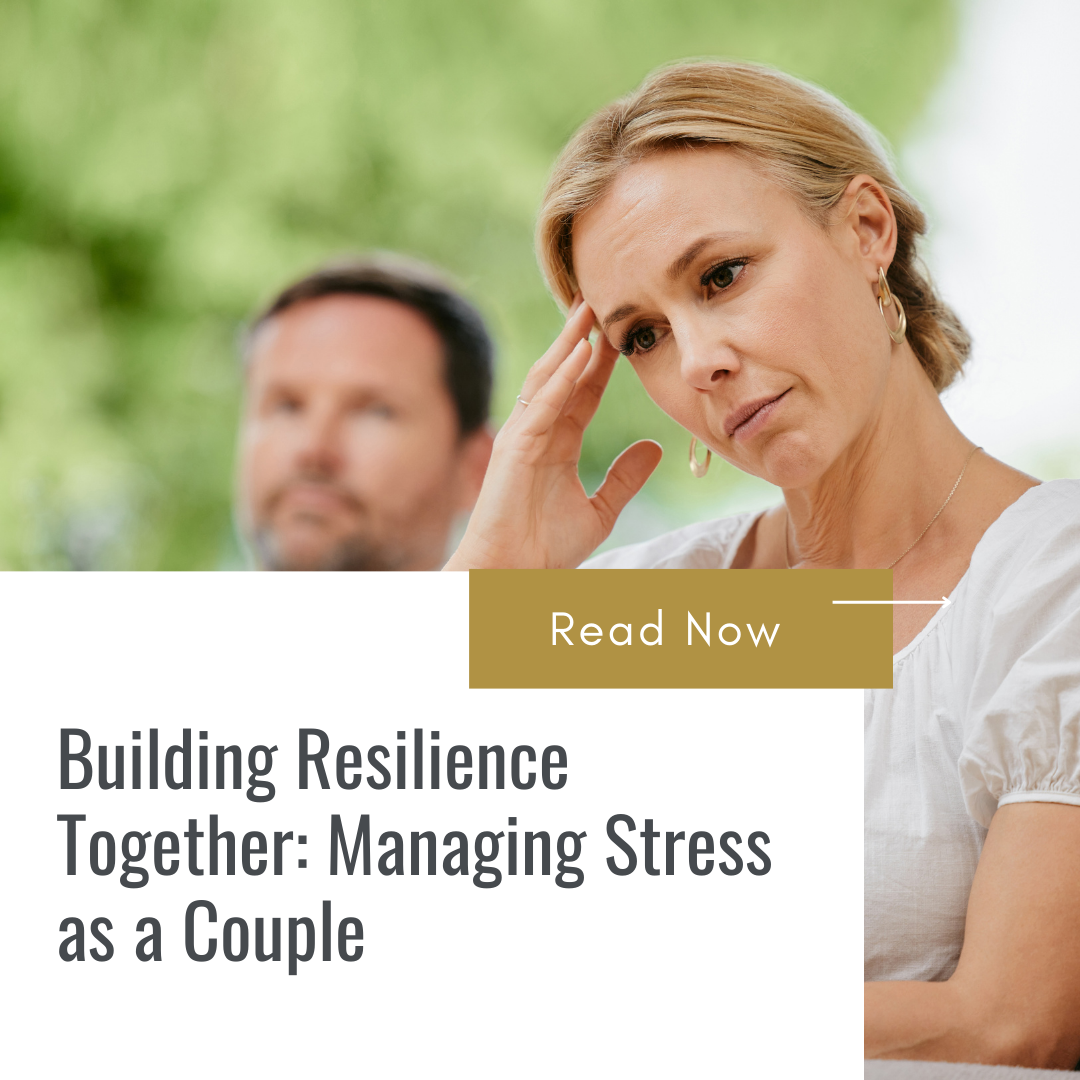





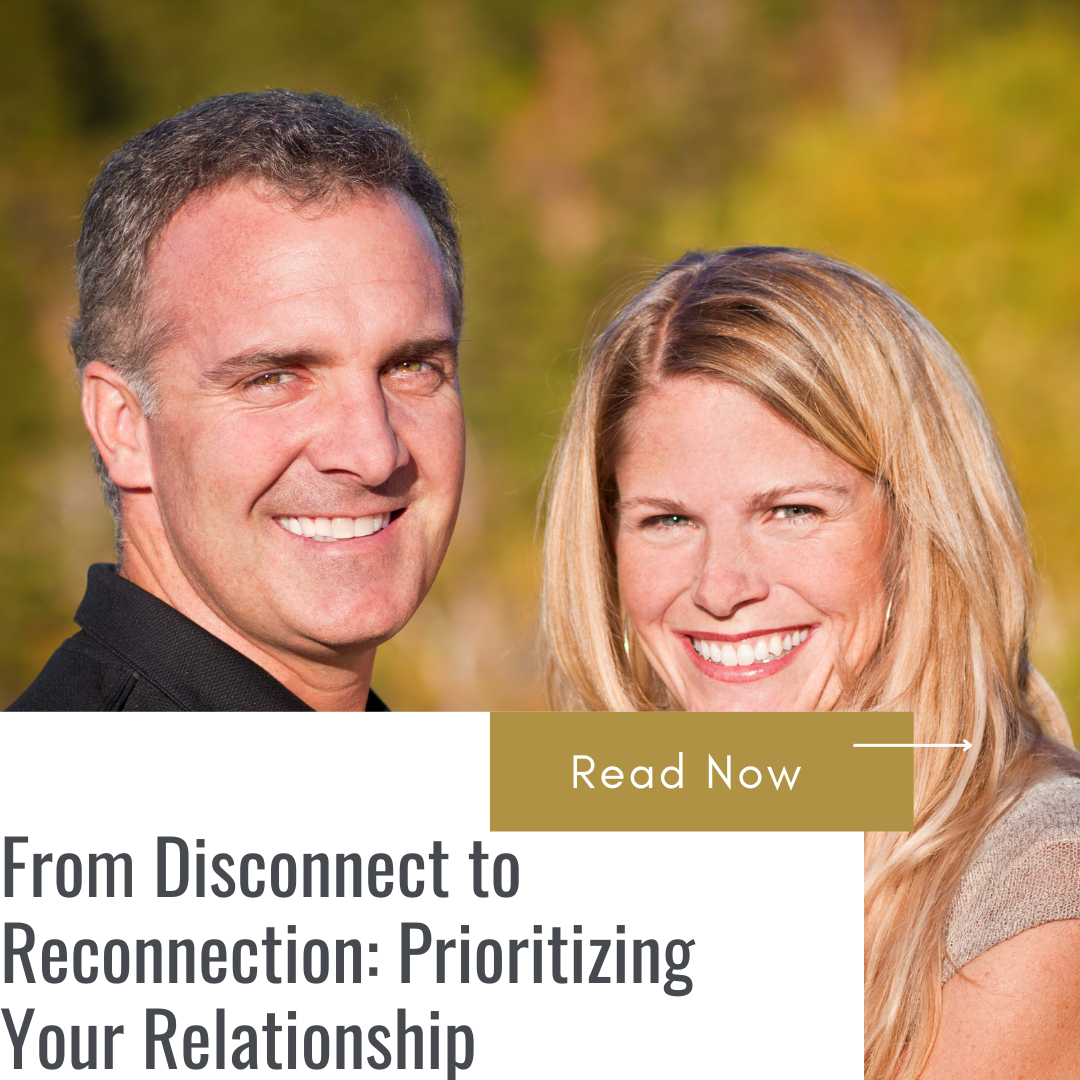


































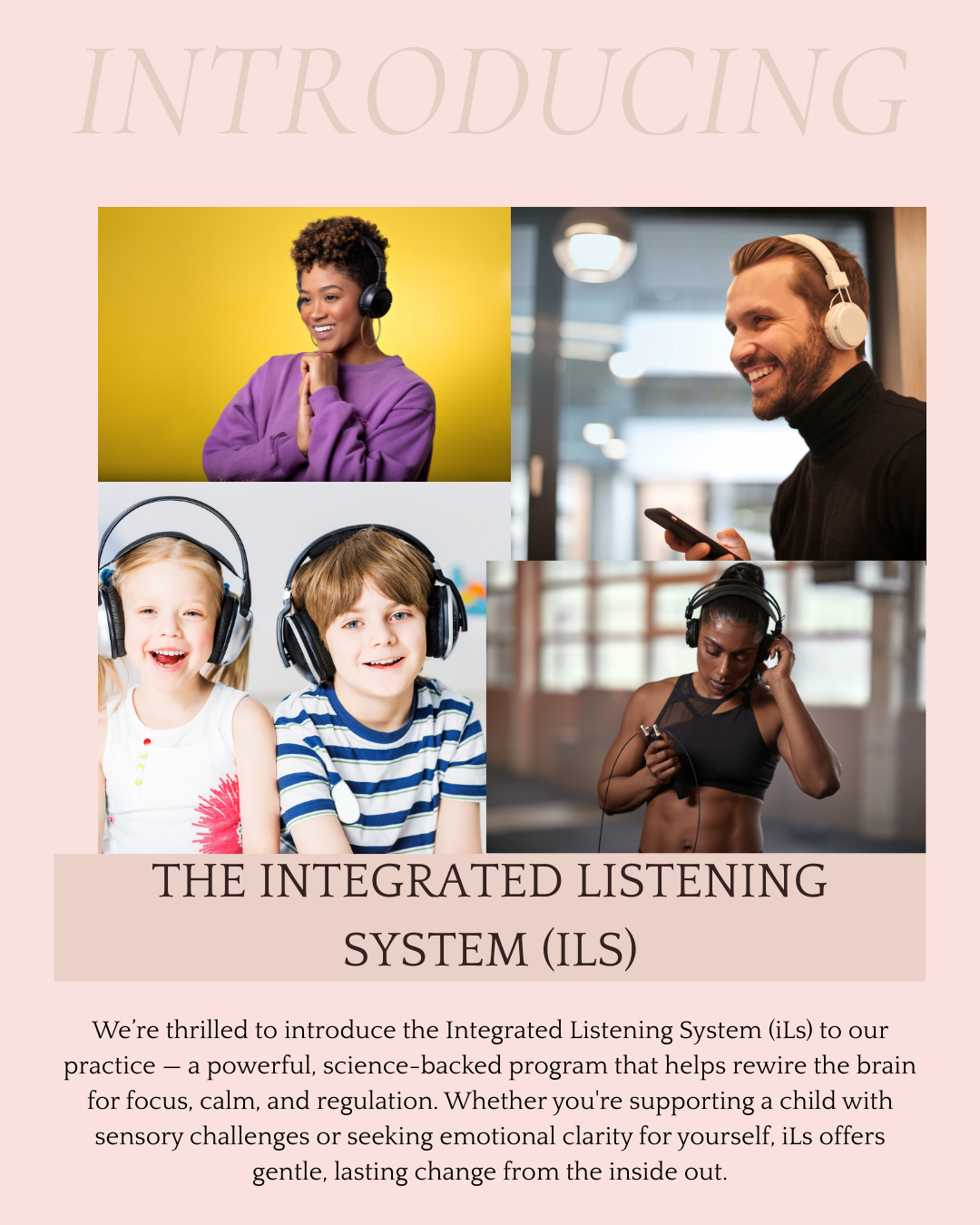

Leave a Reply